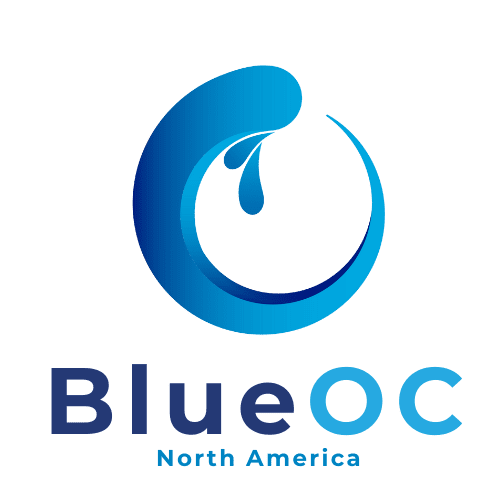✅ Yes, You Can Outsource Proprietary Tech — Here’s How
Let’s be clear: companies like Google, Tesla, Apple, and Zoom all leverage outsourced and offshore teams in some way. The key is in what you outsource and how you structure it.
🔐 Step-by-Step Playbook to Protecting Your IP When Outsourcing Proprietary Tech
1. Segment Your Architecture: Core IP vs Non-Core Work
Start by dividing your system into:
🔒 Core IP (Do Not Outsource) — algorithms for object detection in self-driving, your compression protocols, security models, real-time streaming engine, etc.
🔧 Non-Core Work (Outsource-Friendly) — UI components, test harnesses, QA automation, documentation, DevOps scripts, integrations, sensor data labeling, etc.
Example: In self-driving systems, you do not outsource model architecture or motion planning. But you can outsource the labeling of driving scenes, building internal tools, or validating route replay simulations.
2. Start With Ironclad Legal Safeguards
Outsourcing proprietary work must start with legal basics:
Mutual NDAs (Non-Disclosure Agreements)
IP Assignment Agreements: Contractors agree that all work is owned by your company.
Security Protocol Addendum: Outlines data access, storage, and disposal policies.
Jurisdiction Clarity: Make sure legal disputes are settled in your home country’s courts.
3. Design a “Need-to-Know” Work Model
Keep knowledge silos intentional. This protects your crown jewels:
Assign only partial modules or scoped-out microservices to vendors.
Give offshore teams mock data or synthetic datasets where possible.
Don’t give a single contractor visibility into the full product or full data flow.
4. Use Internal Gatekeepers (Tech Leads or Architects)
Appoint internal full-time engineers as “project leads” or integration owners who:
Review and integrate vendor code.
Limit direct access to proprietary systems.
Maintain overall architecture decisions.
5. Automate and Monitor Everything
Track access, deployment, and commits via:
GitHub/GitLab with protected branches
Code reviews required before merge
SAST (Static Application Security Testing) tools
VPN-based or VDI (Virtual Desktop Infrastructure) access for extra control
🌍 Examples of What to Outsource Based on Project Type
🧠 Autonomous Driving
✅ Data annotation for LiDAR or video
✅ Internal dashboards for route simulations
✅ Cloud infrastructure setup
🗺️ Mapping & Geospatial
✅ Tile rendering UIs
✅ GeoJSON file conversions
✅ QA of map output or route planning results
📹 Video Conferencing Tools
✅ Front-end components (UI/UX for chat, screenshare)
✅ Automated test suites
✅ SDK documentation
🧩 Process Template for Outsourcing Proprietary Projects
Step Activity Who Owns It
1 Define scope of outsourced work Internal PM & Architect
2 Sign NDA + IP Agreements Legal Team
3 Set up secure access (VPN, VDI) IT & Security
4 Create modular tasks with mock data Engineering Leads
5 Assign contractors/vendors HR / Ops
6 Review & integrate code in-house Senior Dev or Tech Lead
7 Audit access and outputs monthly Security & Compliance
🚨 Mistakes to Avoid
❌ Giving full repo access to outsourced teams
❌ Offshoring architecture decisions too early
❌ Not training internal leads to manage vendors
❌ Skipping security vetting of vendor environments
📣 Final Thoughts
Outsourcing isn’t about replacing your team—it’s about expanding your execution power. You don’t give the keys to your tech kingdom; you give contractors access to the right rooms, under strict supervision. Not to mention the importance of thoughtful partner selection. When selecting a trustworthy contracting partner, referrals and references are important to verify they have a proven track record of protecting intellectual property. If you do this right, you can scale faster, save money, and still sleep at night knowing your proprietary assets are safe.

About BlueOC America
BlueOC transforms business visions into market-ready solutions through comprehensive consulting that spans a product's entire lifecycle—from strategic marketing to full-stack development and deployment.
BlueOC America, in strategic collaboration with their Vietnam development center in Hanoi's Techno Park Tower, leverages a global network of 200+ expert developers and marketers spanning three continents. This North American leadership combined with distributed global expertise enables the company to deliver world-class offshore and nearshore development solutions around the clock.
Their proven track record extends across critical industries including Artificial Intelligence, Gaming, Web Development, Blockchain, EdTech, Healthcare Innovation, IT Services, and Enterprise Security. What sets BlueOC apart is their holistic approach—seamlessly integrating strategic marketing insights with technical excellence to ensure every solution drives measurable business impact.
From emerging startups to Fortune 500 enterprises, BlueOC America tailors their top-tier global talent to each client's unique objectives. The company doesn't just build technology; they architect competitive advantages that accelerate growth and innovation in today's rapidly evolving digital landscape.
Companies ready to unlock their project's full potential can contact us today to experience the BlueOC difference.
Head of North America Business Development: Suzanne Nguyen: [email protected]
Head of BlueOC North America: Tan Bui: [email protected]

